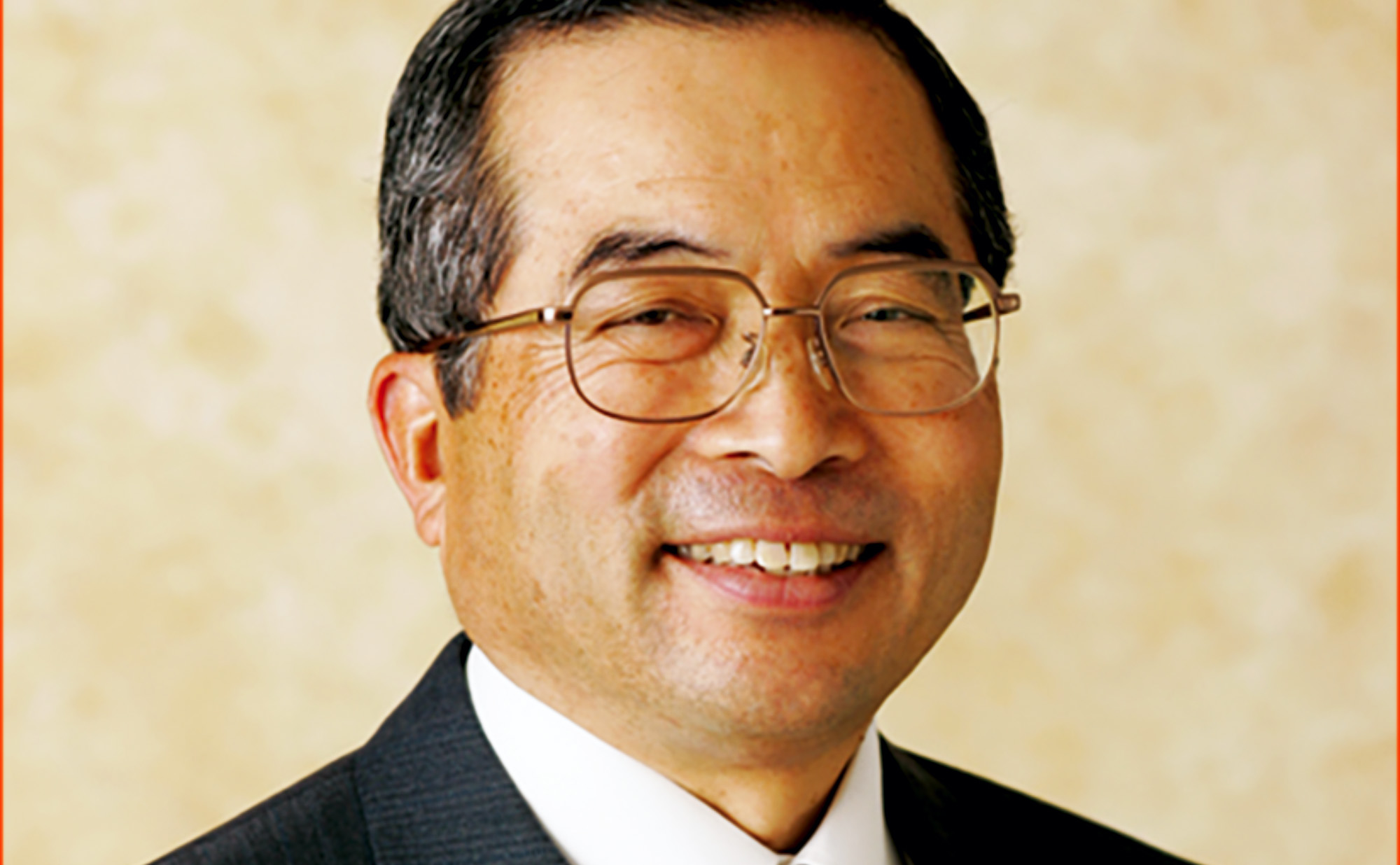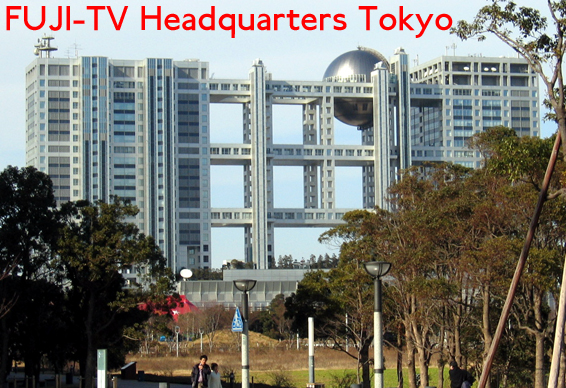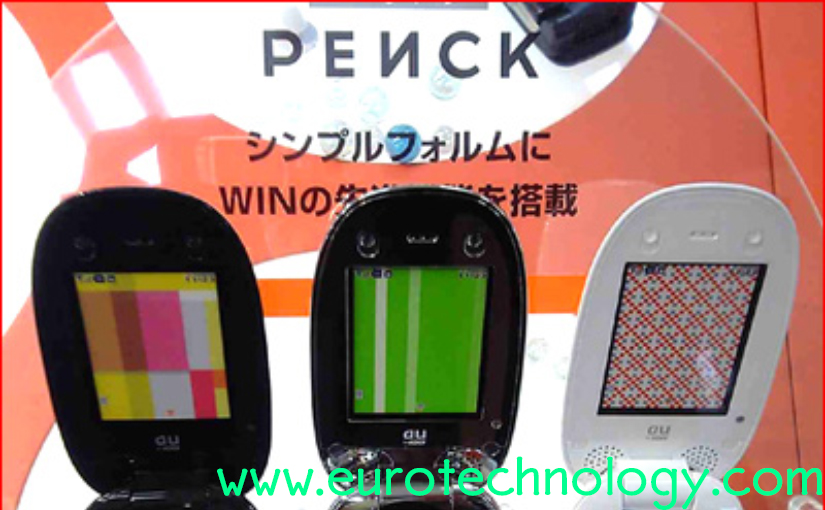Gerhard Fasol. news. events.
-
Sachio Semmoto, Founder and Chairman of eAccess and eMobile announces HSPDA tests in Japan eAccess / eMobile announces cooperation with Lucent e-Access Chairman & CEO, Sachio Semmoto and Lucent Chairman & CEO Patricia Russo on March 30, 2005 in Tokyo, explained their joint tests of HSDPA services in Tokyo. e-Access is preparing to enter Japan’s…

-
Japan’s mobile subscriber numbers for Feb 2005 came out yesterday… DoCoMo is ahead again after a soft period on the strength of services and handsets, and KDDI/AU is still going strong driven by the designer series, good tariffs/discounts, music, WIN etc. Willcom (the former DDI-Pocket) is strengthening under new management, new name and new campaigns…
-
KDDI/AU reports 3 million Chaku-uta-full (full song) downloads since it’s start on November 19, 2004: More in our “Mobile Music Japan” report. Copyright·©1997-2013 ·Eurotechnology Japan KK·All Rights Reserved·
-
Eurotechnology Japan KK in the press: Bloomberg: Vodafone K.K.’s Tsuda Seeks Growth in Japan, Not Sale BusinessWeek: How Sharp Stays On The Cutting Edge. More on SHARP in our report on Japan’s electronics industries BusinessWeek: Lasers Are About to Enter Their Blue Period BusinessWeek: Vodafone’s Bad Connection In Japan The Economist: Vodafone – not so…
-
New economy (Livedoor) is knocking at the door of old economy (Fuji-TV) (for details see our “Japan’s Media” report): Below is an outline of the take-over battle raging right now. The complex cross-shareholding is puzzling, and the reason for it is surprising to the uninitiated: a long time ago there was no radio and no…

-
The following figure compares Sales (Financial year ending March 31, 2004), Net profits after taxes(Financial year ending March 31, 2004), and market capitalization (as of February 17, 2005) for DoCoMo, KDDI and Vodafone (in each case consolidated for the global company): Copyright·©1997-2013 ·Eurotechnology Japan KK·All Rights Reserved·
-
Today, February 18, KDDI-AU introduced PENCK – the latest model in the Designer Series, designed by Makoto Saito Design Office Inc.: Designer: Makoto Saito Design Office Inc. Data rate = 2.4 Mbps Music = Chaku-Uta-Full, stereo speakers Camera = 1.24 Megapixel, incl QR barcode reader GPS = incl. Naviwalk navigation and more… When I was…

-
QR-codes (QR =Quick Response) seem to be everywhere. Amazon.co.jp has an i-Appli, which reads the ISBN from the barcode on the back of a book and takes you directly to the Amazon.co.jp i-mode site to order the book instead of buying it in the bookshop. People in the mobile industry have QR-codes on their business…
-
Turns out that music is a killer application on mobile – we are working on a number of projects in the mobile music field. We just completed our “Mobile Music Japan” report. With an incredibly much smaller potential customer base KDDI/AU delivered more downloads of 20-30 second songs (chaku-uta) than Apple’s i-Tunes. Motorola reportedly announced…
-
In today’s Wallstreet Journal (Dec 7, 2004), Mike Volpi, Senior VP of CISCO’s routing technology group, is quoted as saying: “In the past the internet business models, technologies and applications were all coming from the US, but today, through broadband, Japan is about to become the number one country in the area of Internet. In…